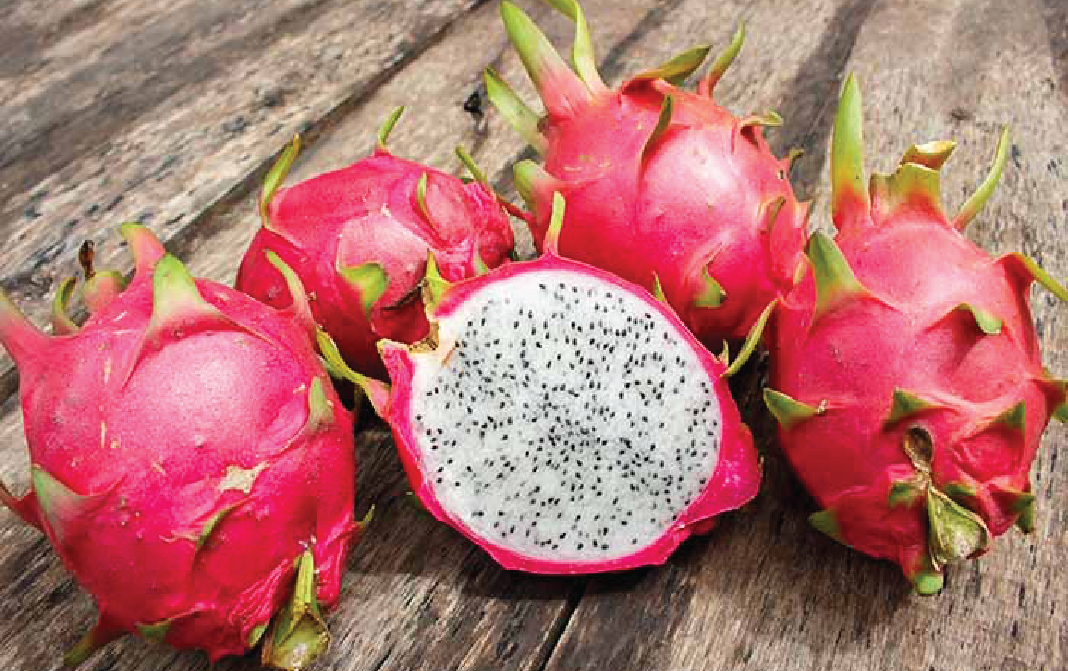


When selecting dragon fruit, choose a ripe one. A few blemishes on the skin are normal, but if the fruit has a lot of patches/blotches, it may be over-ripe. Hold the dragon fruit in your palm and put slight pressure on the skin with your fingers. It should get pressed a little, but shouldn't be too soft or mushy. If it's very firm, it will need to ripen for a few days. Also, choose dragon fruit with a bright, red and even-colored skin.
Excess intake of dragon fruit may give rise to problems such as poor absorption of nutrients by the intestines, intestinal gas, intestinal blockage, stomach pain, and flatulence due to ingestion of too much fibre. Individuals can be allergic to dragon fruit and on consuming may have symptoms like swollen lips and tongue, itchy throat, burning sensation in the throat, etc.(2)
- Disclaimer
"Information here is provided for discussion and educational purposes only. It is not intended as medical advice or product or ingredient review/rating. The information may not apply to you and before you use or take any action, you should contact the manufacturer, seller, medical, dietary, fitness or other professional. If you utilize any information provided here, you do so at your own risk and you waive any right against Culinary Communications Private Limited, its affiliates, officers, directors, employees or representatives.”
Description
Dragon fruit is a tropical fruit that grows on the Hylocereus cactus, otherwise known as the 'Honolulu Queen'. The cactus has a succulent stem bearing the dragon fruit, which is rich in moisture in the arid climates where it typically grows. Dragon fruit derives its name from the flower that grows from the fruit which looks like a breath of fire. Also, the two most popular types of Dragon fruit have bright red skin with green scales that resemble a dragon — hence the name, 'Dragon fruit'. This cactus grows in Mexico, Central, and South America, but it is also grown in Southeast Asian countries, such as Thailand and Vietnam. The flesh is white, pale yellow, or red, depending on the cultivar/variety, with numerous tiny black seeds. Dragon fruit is available year-round, though it is abundantly available in summer and lasts into early autumn.